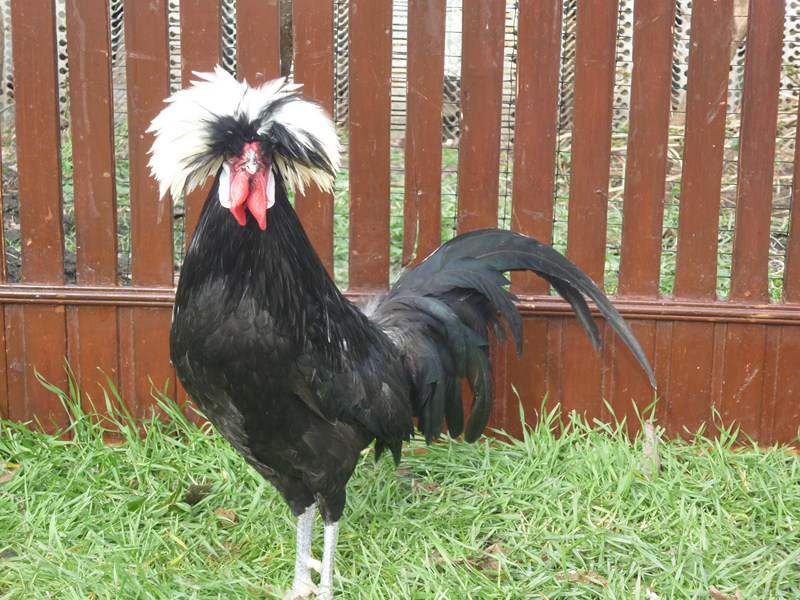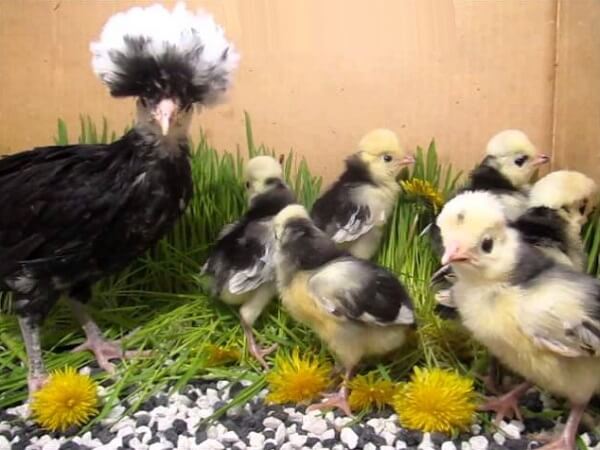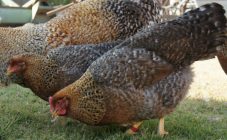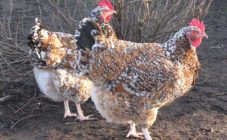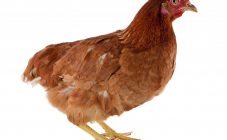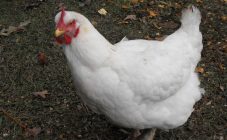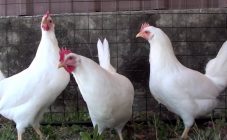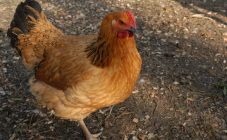Content:
Due to their beautiful appearance, the Dutch Crested Chickens have long been bred as an ornamental breed, although initially breeders bred the Dutch White-Crested Chicken as a representative of the meat-and-meat trend. Nevertheless, these white chickens run well, and after slaughter, you can get a sufficient amount of tasty dietary meat. These white-tufted birds have been bred in the Netherlands for more than one century and have long been a kind of country brand.
General information about the breed
Dutch chickens appeared so long ago that at present only one thing can be said, the first mention of the breed is found in written sources of the 15th century. During this period in the Netherlands, this poultry was bred only with dark plumage without tuft. Their main advantages were good egg production and good quality meat.
But after about a hundred years, the poultry farmers decided to modify the breed of chickens, so they started crossing with crested white chickens from Poland. This is how the Dutch white-crested chickens were born. The new breed has become more beautiful, but its egg production and meat productivity have significantly decreased. The birds had such an elegant appearance that they can even be seen in the paintings of many Dutch painters of that era.
Characteristics and features of the breed
The Dutch breed of chickens immediately attracts attention due to the funny crest and pure white color. It looks impressive both in photographs and in life. Soft feathers of white and black color are evenly distributed over the entire head and fall down in a beautiful cascade without closing the eyes. In front, black feathers grow so that they fold into a pattern similar in shape and outlines to a butterfly, and a tuft of boiling white color, similar to a fluffed large ball.
Other external data of this poultry are no less interesting:
- the small-sized head is crowned not by a comb, but by a kind of bulge, from which the crest grows;
- small red earrings are "hidden" under the feathers;
- the cockerel is slightly larger than the female;
- in front, the head is not feathered, only covered with a thin red skin;
- beak of medium size, gray or black;
- compact body with slightly protruding chest;
- thighs of medium size, due to which the breed is confused with Dutch broilers; limbs of medium size are black with a gray tint;
- the color of this breed is predominantly black, but at present there are varieties of Dutch chickens with steel, white or blue feathers.
Main characteristics:
- The Dutch rooster weighs about 2.5 kg;
- the mass of Dutch laying hens is less - up to 2 kg;
- the number of eggs laid per year up to 150 pcs.;
- one egg weighs up to 50 g;
- the shell of the eggs is quite hard, the color is white.
Laying hens begin to lay eggs in six months. The peak of egg production occurs in the first year of life, in the future the hen will lay fewer and fewer eggs. Life expectancy up to 5 years. With age, not only egg production deteriorates, but also the quality of meat, so it is better to change the herd every 2 seasons. In addition, chickens over 4 years old are susceptible to infections from which they begin to die. This is an almost complete description of Dutch chickens.
Breeding the breed
There are some nuances of keeping this breed:
- the chicken coop must be warm: heated in winter so that the temperature in the room is at least 15 ° C;
- no more than 2 individuals should be placed per 1 m² of the room, and in the aviary each hen needs at least 5 m²;
- on the floor, the first layer is made of slaked lime, the next layer is made of straw or sawdust, so that the room is always dry. The litter is changed once every 7 days. Where to put wet - poultry farmers know well, laying it in a compost pit and then sending it in the form of liquid fertilizer for the garden and vegetable garden;
- the perch settles at a height of up to 40 cm.
Breed advantages and disadvantages
The advantages of this chicken breed include:
- beautiful decorative appearance;
- comparatively high productivity indicators;
- favorable maintenance, since the birds require little feed;
- chickens have a well-developed maternal instinct.
The disadvantages are:
- the young are quite painful, so caring for them is a lot of trouble;
- chickens have low immunity, so their survival rate is lower than normal than that of other chicken breeds;
- these chickens should be kept separately, because they do not get along well with other inhabitants of the poultry yard;
- there should be no drafts, dampness and crampedness in the chicken coop;
- fastidiousness in food.
It is worth getting it, if only for the sake of trying. Yes, you have to tinker, but what kind of cattle breeding is easy and simple?
